
Editor's Note: This story originally appeared on The Zebra.
No matter how often you clean your home, it is still a breeding ground for germs, bacteria and even viruses. There are about 9,000 species of germs in the average home, and areas more prone to moisture — such as the kitchen and bathroom — can be especially dirty.
The items we accumulate also play a role in how and where germs decide to colonize, which is why we need to replace many common household goods regularly. Unfortunately, even big-ticket purchases like mattresses and refrigerators have a limited lifespan. Improper cleaning can lead to serious home issues such as mold growth, so our guide looks at how often to replace common items based on health guidelines and expert recommendations.
We also surveyed American consumers about how often they actually swap out bacteria-laden goods such as kitchen sponges and toothbrushes. These small items leave a big germ footprint throughout our homes — kitchen sponges are dirtier than toilet seats — and it turns out that the majority of us aren’t replacing them often enough.
Read on for more survey findings and a complete room-by-room guide to replacing your germy stuff. You can also download our checklist to keep a running tab of items to update.
Replace your sponges more often
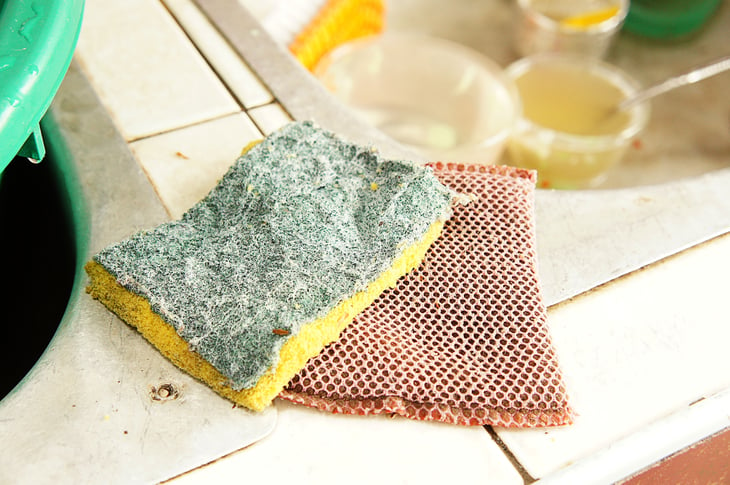
Your kitchen sponge is likely the dirtiest, germiest thing in your entire house — and judging by our recent survey results, you’re probably not replacing it often enough. A team of German researchers studied 14 types of different household sponges and the accompanying microbial inhabitants and found that the warm, moist breeding ground was home to 54 billion bacterial cells on average.
This same study also found that cleaning your kitchen sponge in the microwave or dishwasher (two popular methods) isn’t effective in getting rid of all the active bacteria — in fact, no regular cleaning methods could rid the sponges of 60% of their bacteria build-up. This suggests that rather than trying to clean the sponge you rub all over your plates and utensils, you should just replace it instead.
Despite these findings, which have been circulating since 2017, when we surveyed Americans about their sponge replacement habits we found shocking results:
- Only 12% of Americans replace kitchen sponges once a week or more, per recommended guidelines.
- The majority of Americans wait a month or more (59%) to replace them.
- 1 in 10 Americans replace their kitchen sponges only every four to five months or longer.
12% of Americans can’t even remember the last time they replaced their toothbrush
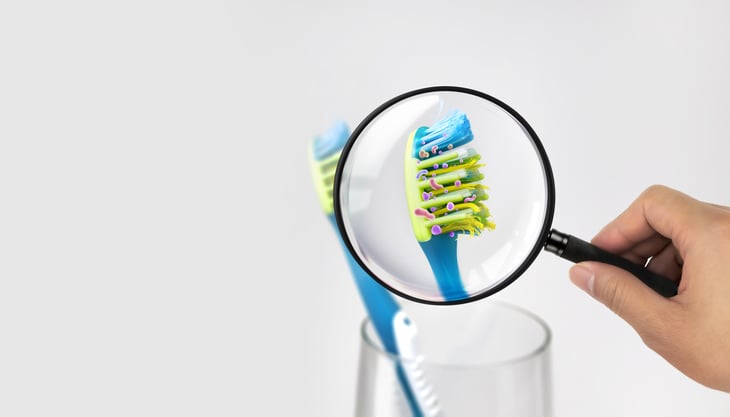
Your toothbrush is another small and germy household item that needs to be replaced regularly. Toothbrushes are commonly covered in bacteria, blood, saliva and oral debris. Sometimes, even grosser bathroom particles, such as E. coli, end up on your bristles.
Replace toothbrushes every three to four months or more often if the bristles are visibly matted or frayed, according to the American Dental Association.
Because toothbrushes do spend so much time in our mouths (twice a day at least), having proper toothbrush hygiene should be a top priority for us all. Yet our survey revealed some Americans’ twisted toothbrush habits:
- 1 in 5 Americans wait six months or longer to swap out their bristles.
- 12% of Americans can’t remember when they replaced their toothbrush last.
How often to replace common items in your home

Sometimes it can feel like wasteful spending to toss out barely used items such as old makeup, or a medicine bottle you only opened once. Yet replacing these items helps us keep our homes safer and cleaner.
To create a healthy home free of dangerous bacteria, here’s how often to replace common household goods, starting with items in the kitchen and pantry.
1. Kitchen sponge
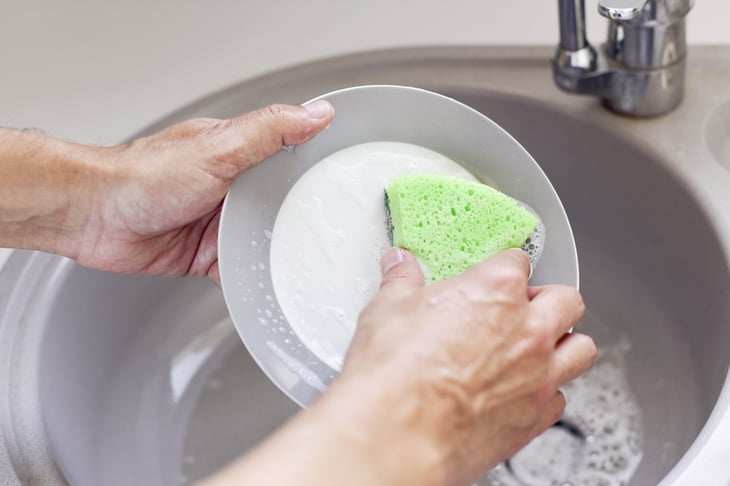
Your kitchen sponge is dirtier than a toilet seat. A German study featured in Scientific Reports found that even after cleaning a sponge in the microwave or boiling water, it can still harbor dangerous bacteria that cause food-borne illnesses.
Experts recommend replacing your kitchen sponge every week if you’re cooking meals at home.
2. Water filters
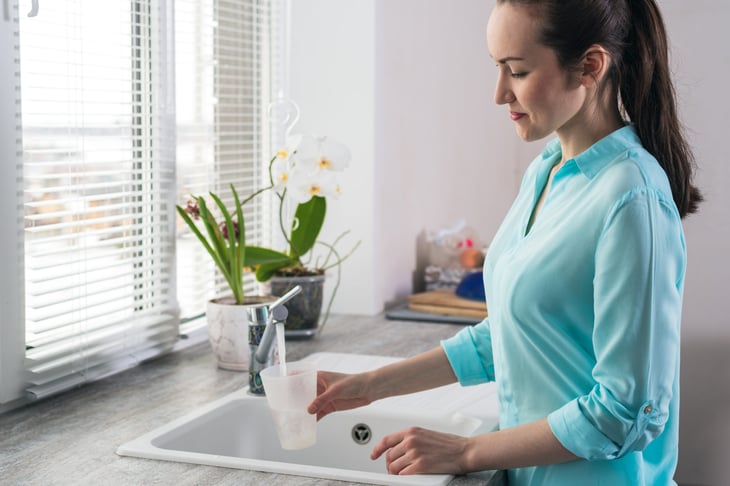
Water filtration systems, such as Brita, help you reduce plastic waste and conserve water at home all while purifying your tap water for drinking. To keep water purified, you must change out your water filters frequently, though.
Experts recommend replacing standard water filters every two months, although filter replacement guidelines vary from filter to product type.
3. Spices
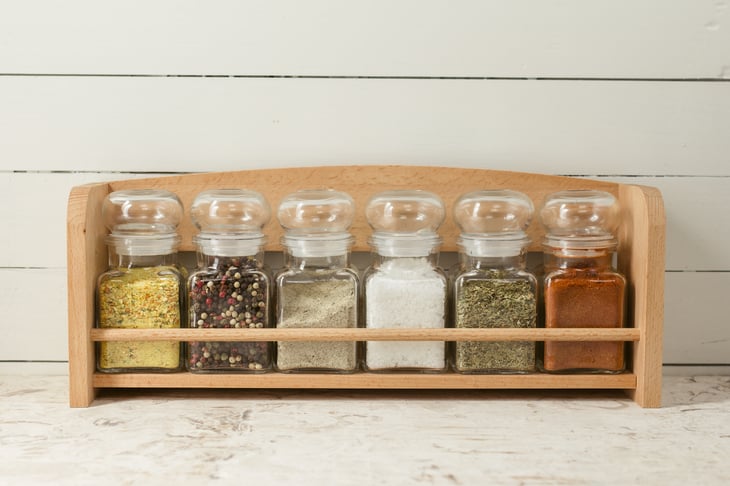
Spices are some of the most important ingredients in your pantry, as they keep your cooking tasting fresh and delicious. But keeping a spice cabinet stocked can be costly, especially when you’re unsure of just how often to replace spice containers.
Experts recommend replacing ground spices every six months, and whole spices every three to five years. You can give ground spices the smell test to check their freshness — when they smell like nothing, it’s time to replace them.
4. Cookware
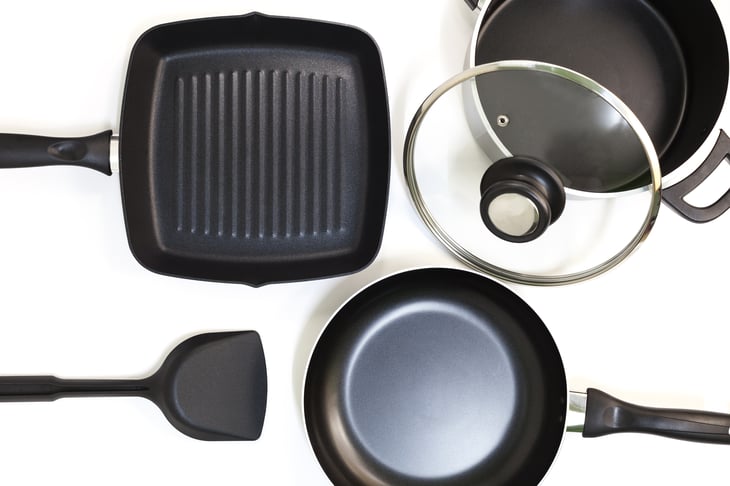
Peeling pots and pans aren’t just an eyesore; they can be a health risk, too. Dangerous substances such as perfluorooctanoic acid can leak into food from old or damaged cookware, so it’s important to replace them when the time comes. Proper cleaning and maintenance can help extend the life of your pots and pans.
Experts recommend getting new cookware every five years. Small scrapes on pans are normal, but if the coating starts to peel off, you should replace it sooner.
5. Big appliances

Kitchen appliances such as your refrigerator, oven and dishwasher are big purchases — but you’ll only have to replace them a handful of times during your homeownership. Buying Energy Star appliances will save anywhere from 10% to 50% of energy per year, putting money back into your pocket each month on bills.
Experts recommend replacing appliances every 10 years, and don’t be surprised if problems pop up within your first five years of ownership.
Next, how often to replace items in the bathroom and medicine cabinet.
6. Toothbrush
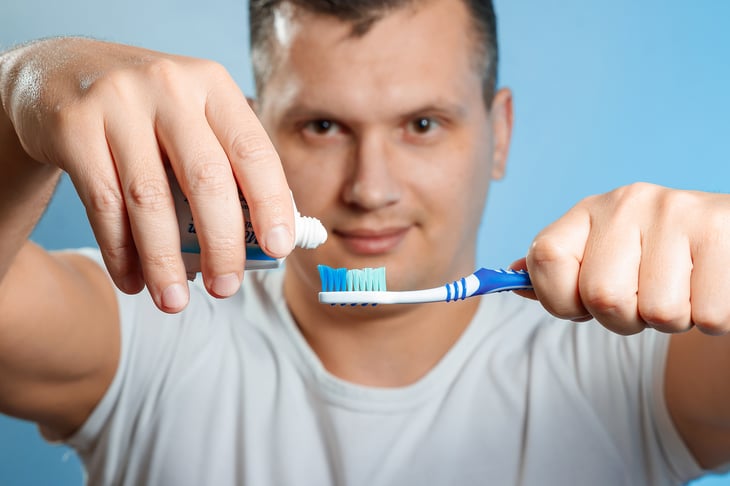
Old toothbrushes can harbor a lot of bacteria — and transfer these germs to your mouth twice a day. Our survey revealed that 21% of Americans are replacing their toothbrushes three months late, double the recommended time for keeping a toothbrush in rotation.
Experts recommend replacing your toothbrush every two to three months, and even sooner if the bristles begin to fray.
7. Toilet brush
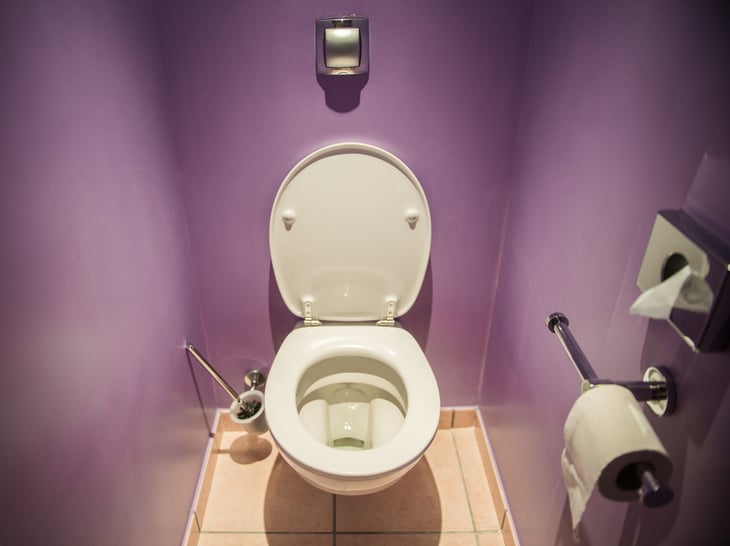
Your kitchen sponge may be dirtier than your toilet seat, but your toilet brush still needs regular replacing. In between replacements, be sure to bleach your toilet brush after each use to kill any bacteria that may be harboring in its bristles.
Experts recommend changing your toilet brush every six months, or sooner if the bristles begin to look worn or damaged.
8. Hand towels and towels

Towels lose their fluffiness over time, and despite (hopefully) being a frequently washed item in the home, they can harbor lots of bacteria. This is especially true of hand towels, which wipe away any leftover dirt and bacteria after you wash your hands.
Experts at PopSugar recommend replacing hand towels every two years and washing them every two days.
9. Shower liners

Are you washing your shower liner every month? If not, you should be. This helps keep mold and mildew from creeping into your shower.
Experts recommend getting a new shower liner once or twice a year, or as soon as you see a build-up of mold or mildew.
10. Bath toys
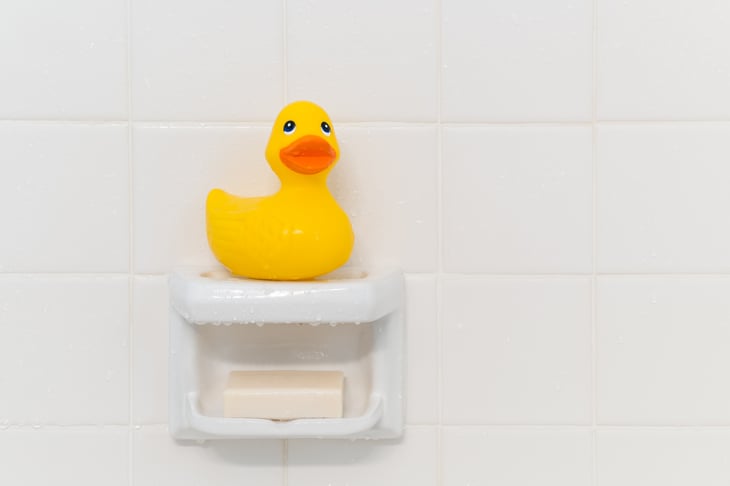
Bath time is all fun and games until you realize the water toy your child is playing with has moldy insides. If you have a baby or young child at home, keep them safe by vigorously cleaning bath toys and tossing them if you observe any mold growth.
Experts recommend cleaning your children’s bath toys weekly, and even more frequently if someone at the home is sick.
11. Makeup brushes

Most of us know by now that makeup expires, but what about the tools we use to apply it? We use makeup brushes full of bacteria directly on our faces, near the eyes and other infection-prone areas — so you should toss even well-maintained brushes multiple times a year.
Experts recommend replacing makeup brushes every three months, and makeup sponges should be replaced even more often.
12. Medicine

Eight in 10 Americans take at least one medication regularly, so chances are there is a cabinet or drawer packed with medicine bottles somewhere in your home. Ironically, medicine cabinets can cause medicines to expire faster due to the warm and moist environment, so rather than keeping pills in the bathroom, try somewhere in the bedroom out of reach of children instead.
Experts at the CDC recommend reading expiration labels to determine when to toss your medicines and then to safely dispose of the pills and container.
Next, how often to replace items in your bedroom and closet.
13. Sheets

Once you find a set of sheets you love, you’ll probably never want to replace them. Yet even with frequent washes, hems fray and colors begin to fade after just a few months of use.
Experts recommend replacing your bed sheets every two years and washing them weekly.
14. Mattress

Your bed should be the comfiest spot in your entire house, yet aging mattresses lack support and can keep you tossing and turning at night. This big-ticket item should last years, but as soon as sagging makes it hard for you to get a good night’s sleep, it’s time to look at replacing it.
Experts recommend purchasing a new mattress every 10 years, although the type of mattress you own does play a role. Innerspring and box spring mattresses have the shortest lifespan.
15. Pillows

Eventually, your pillows will become worn from use and will no longer provide the support they once did. This can impact everything from your ability to fall asleep to your back support and body aches.
Experts recommend getting new pillows every one to two years — and even sooner (six months) if you are prone to allergies.
16. Bras and sports bras

While there is some debate over how often you should replace underwear, bras and sports bras tend to have a shorter shelf life. This is because bras are traditionally designed to provide support, meaning sagging and wear and tear make them lose their effectiveness.
Experts recommend replacing bras at least once a year, which is typically when they’ll begin to lose elasticity and offer less support to the wearer.
17. Running shoes

For running shoes, it’s not how long you’ve had them but how many miles you’ve put on them. This is because midsole cushioning loses resiliency over time, which can negatively impact your muscles and joints.
Experts recommend avid runners replace their running shoes every 300 to 500 miles, or as soon as you start to notice discomfort after wearing them.
18. Cleaning rags
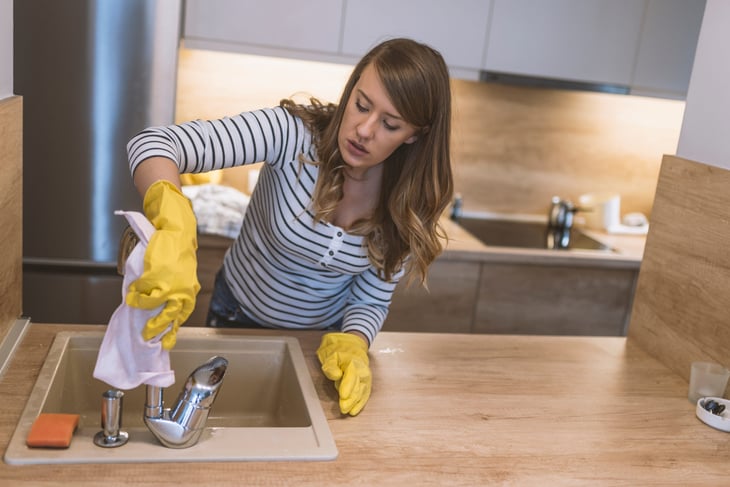
Your cleaning supplies don’t do any good if they’re covered in germs, too. Because rags get moist and covered in gunk during the scrubbing process, you should clean them after each use and completely replace them often.
Experts recommend replacing your cleaning rags once a month, or after 30 uses.
19. Air filter
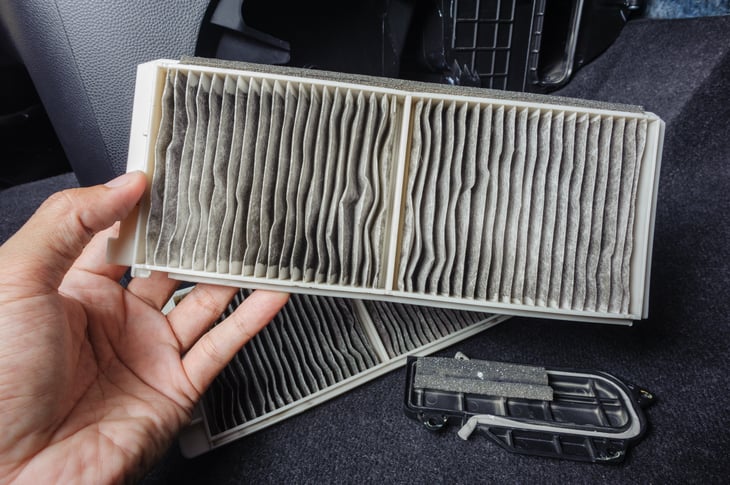
Did you know that 29% of Americans never change the air filters in their homes? This dirty habit (or lack thereof) means that common allergens will circulate through the home more often. It can also cause maintenance issues and costly repairs.
Experts recommend replacing your air filter once a month to keep the air circulating in your home fresh and clean.
20. Yoga mat

While yoga’s teachings may stay with you forever, your mat shouldn’t. In fact, yoga mats need to be replaced more often than you’d think. Yogis should be on the lookout for wear and tear and/or grip issues and buy a new mat as soon as their current one is no longer effective.
Experts recommend replacing your yoga mat every year, or whenever you feel it begin to lose its grip.
21. Vacuum bag
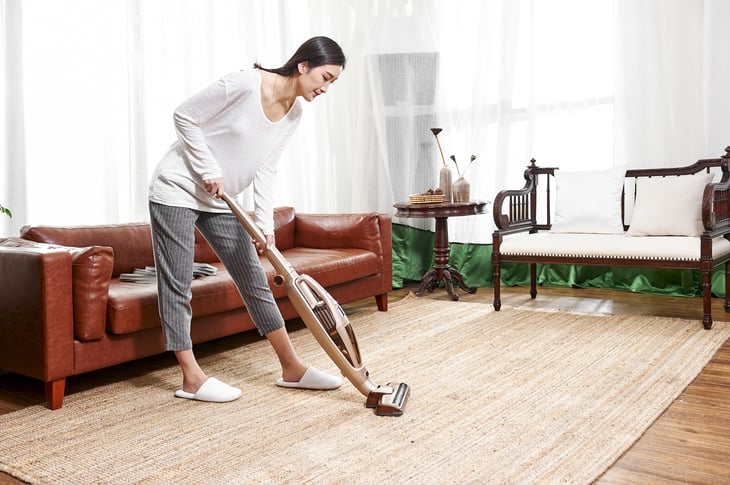
Extend the life of your vacuum by regularly switching out the bag. This maintenance task will also prevent you from spreading allergens throughout your home.
Experts recommend changing out your vacuum bag every six months, and even more often if you’re vacuuming allergen-causing items such as pet hair.
22. Smoke detector

Smoke alarm installation is recommended in every room of your home to alert you in the event of a fire. The loud beeps let you and your family know when it’s time to escape a burning home — yet 3 in 4 Americans ignore safety procedures with their smoke alarms.
Fire safety experts recommend changing your smoke detector batteries every year and replacing your smoke detector every 10 years. You should test your smoke detector batteries monthly to make sure the alarm stays in working order.
23. Carpet
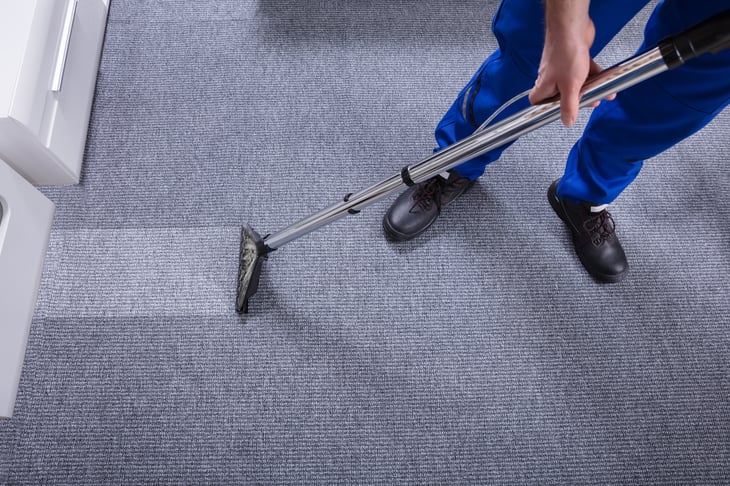
Keeping a carpet clean can be a challenge — especially if you live with children and pets. Getting your carpet professionally cleaned every six months to a year will maintain it over time.
Experts recommend replacing carpet every five to 15 years, depending on the type of carpet and how much foot traffic the room gets.
Survey methodology and checklist

Every house is full of germs, but good hygiene habits and regular maintenance can keep your home from getting you sick. You can download our checklist for how often to replace household items here.
Improper cleaning, on the other hand, can lead to more serious problems, such as mold growth, which can be devastating to your investment or even fatal.
Prevent the spread of mold by managing moisture in mold-prone areas, dusting often and regularly checking pipes and appliances for leaks. If you do spot mold growth, call in a professional immediately — your home insurance policy may cover mold growth, depending on the cause and your coverage type.
This study was conducted for The Zebra using Google Consumer Surveys. The sample consisted of no fewer than 1,500 completed responses per question. Post-stratification weighting has been applied to ensure an accurate and reliable representation of the total population. This survey was conducted in March 2021.






Add a Comment
Our Policy: We welcome relevant and respectful comments in order to foster healthy and informative discussions. All other comments may be removed. Comments with links are automatically held for moderation.